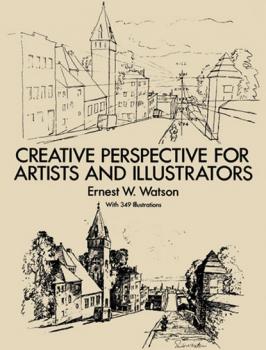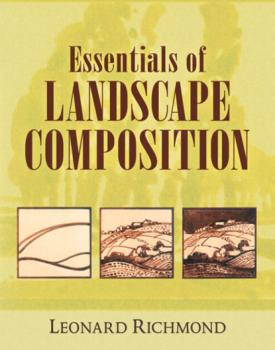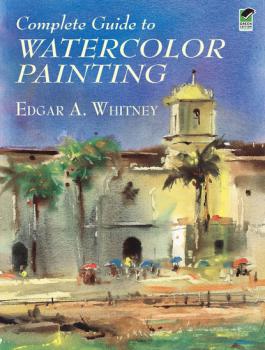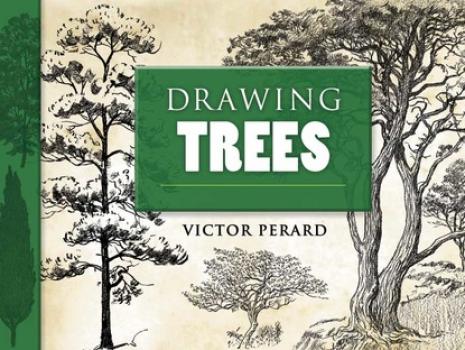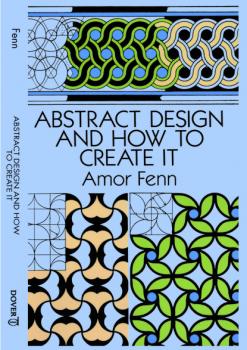ТОП просматриваемых книг сайта:















Dover Art Instruction
Скачать книги из серии Dover Art InstructionАннотация
Информация о книге
Автор произведения Arthur Zaidenberg
Жанр Изобразительное искусство, фотография
Серия Dover Art Instruction
Аннотация
Информация о книге
Автор произведения Ernest W. Watson
Жанр Изобразительное искусство, фотография
Серия Dover Art Instruction
Аннотация
Аннотация
Информация о книге
Автор произведения Alison Stilwell Cameron
Жанр Изобразительное искусство, фотография
Серия Dover Art Instruction
Аннотация
Информация о книге
Автор произведения Arthur Wesley Dow
Жанр Изобразительное искусство, фотография
Серия Dover Art Instruction
Аннотация
Информация о книге
Автор произведения Leonard Richmond
Жанр Изобразительное искусство, фотография
Серия Dover Art Instruction
Аннотация
Информация о книге
Автор произведения Edgar A. Whitney
Жанр Изобразительное искусство, фотография
Серия Dover Art Instruction
Аннотация
Информация о книге
Автор произведения Victor Perard
Жанр Изобразительное искусство, фотография
Серия Dover Art Instruction
Аннотация
Информация о книге
Автор произведения Amor Fenn
Жанр Изобразительное искусство, фотография
Серия Dover Art Instruction
Аннотация
Информация о книге
Автор произведения Alois Senefelder
Жанр Прочая образовательная литература
Серия Dover Art Instruction


